Thrive in the busy market in the digital era by knowing the motions and grooves of your rivals. Revealing the elements of a competitor analysis, this article prepares you to go deep and provides strategies to outperform the rivals. Here is a sneak view:
- Finding competitor trends means smelling out what’s hot and what’s not.
- Using Marketing Strategies: Decode and modify competition strategies for your benefit.
- Examining competitor marketing campaigns helps one to identify both strengths and weaknesses.
For individuals who want to improve their game, doing competitor analysis becomes absolutely essential. Regarding premium tools, avoid skipping Plerdy, a great tool specifically for CRO and UX. Get in, precisely analyze, and get ready to transform your marketing plans. Having thorough knowledge at your hands helps you to negotiate the competitive waters in an exciting journey. Thank you for boarding!
What is a Competitive Analysis?
Explore the rich terrain of business closely to find the value of competitor analysis very fast. Fundamentally, a competitive analysis is a strategic evaluation where a company carefully reviews the plans of important rivals. This exhaustive study exposes risks, vulnerabilities, opportunities, and specialized strengths.
Imagine a sophisticated coffee shop. To stand out, the owner would examine other cafes—their branding, pricing, customer loyalty programs, and more. By doing this, our coffee guru can set their brand apart and provide something special for java drinkers.
Why It Matters:
- Business Insights: By means of a comprehensive study, companies can identify market gaps and seize advantage from competition shortcomings.
- Strategic Decisions: Knowing competition moves helps companies to present their goods or services in more favorable light.
- Understanding rival strategy helps companies to proactively handle possible problems.
In the e-commerce space, for example, knowledge of competitor website design, user experience, and product range might provide one company the advantage over another. Alternatively, in the computer sector, knowing the software capabilities of a rival company could inspire your staff to create outside of the box.
Competent analysis is a leap toward success in the dance of business, not only a step. So grab those tools, dig into the data, and let your company stand out with assurance.
Why Competitive Analysis is Crucial

Competitor analysis often becomes the cornerstone of success in the throbbing core of company. Businesses have to zero in on rival strategies if they are to stand tall among the competitors as they negotiate the changing terrain of markets. One finds that essential edge via a strong competitive study.
Consider the fashion business first. Deeply exploring competition designs, marketing strategies, and consumer reviews helps a business create collections that not only appeal to trends but also draw attention to special selling qualities.
Competitive analysis yields benefits in:
- Customized Strategy Development: Companies can plan up strategies using their weak points that directly challenge competition strengths.
- From marketing efforts to product introductions, analysis helps simplify decisions made in informed manner.
- Future-proofing: Through competitor analysis, companies may project market trends and adjust.
Studying rival pricing, visitor experiences, and internet reviews helps hotels in the hospitality industry stay ahead. For a SaaS firm, knowing a competitor’s software integrations and customer care style can also help to open the path for better user retention.
Information drives any company, regardless of its specialty. And competitor analysis presents the most pertinent, useful information right on a plate. It guarantees that your company performs brilliantly in the dance of the difficult market.
10+ Steps to Do a Competitive Analysis
Neglecting a strong competition analysis while negotiating the marketing terrain is like sailing without a compass—risky business. A treasure, the “10+ Steps to Do a Competitive Analysis” clarifies the nuances of measuring up rivals and creating a strategy that fits. Examining every stage will help you to be leagues ahead and turn unprocessed rival info into marketing gold.
Identifying Your Objectives

In the busy environment of company, having strong goals determines the direction one should follow. When a company focuses on its objectives and uses analysis to negotiate problems and grab possibilities, it grows.
Think about the specialty of digital marketing. A company that sharpens its goals can effectively distribute resources—be it in uncovering unexplored market niches or in fighting rival ad campaigns.
Outlining your goals entails:
- Knowing your company’s relative position to rivals will help you to define a unique niche.
- Use analysis to identify important performance metrics consistent with corporate expansion.
- Frequent comparison of your company’s performance with that of rivals can help you to be always one step ahead.
Examining sales statistics, customer comments, and competition store layouts helps a retail store maximize foot traffic and increase sales. In order to improve user experience and retention, a health app firm can instead explore competitor app features and user feedback.
Basically, by means of rigorous analysis, focusing on your goals helps your company to grow. It’s like sailing in the right direction, guaranteeing better performance across the choppy seas of market needs and competitive challenges.
Identifying Competitors
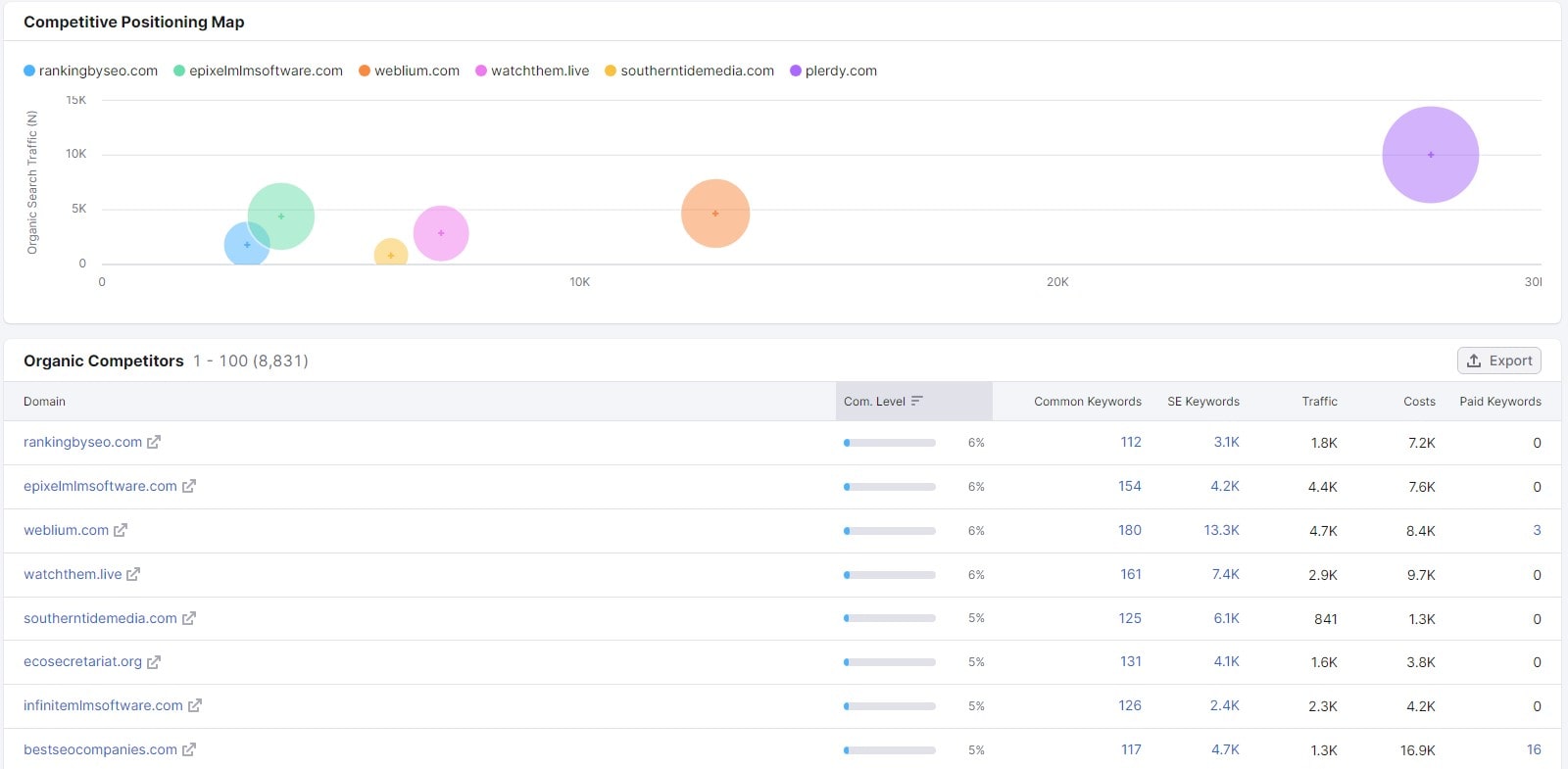
In the high-octane field of business, knowledge of your opponents is absolutely essential. Zeroing in on rivals is about applying analysis to break out their plans and predict their future actions, not only about calling names. Using this information, your company gets ready to create very relevant tactics.
Consider the universe of fine chocolates. Aimed at creating the best sweets, a chocolatier has to keep current with competition developments ranging from bean beginnings to packaging subtleties.
Identifying rivals requires:
- Industry Publications: Explore trade magazines and reports. They sometimes focus on new rivals and their tactics.
- Loyal consumers typically provide information about competitor products they have tried or heard about.
- Use digital channels to uncover competitor website traffic, interaction rates, and more using online analysis tools.
Regarding mobile apps, a developer might monitor related apps available on the app store noting their features, updates, and user ratings. A boutique fitness center might, meantime, go to industry conferences or seminars to learn about rivals’ offers and forthcoming trends.
In the end, a clear picture of rivals derived from thorough research strengthens your company. Equipped with this information, you will be ready to enter the market, avoid competition traps, and firmly center your brand at the forefront.
Primary Data vs Secondary Data
Entering business analysis calls for a sharp separation between primary and secondary data. Each has special advantages and uses, particularly in terms of rival sizing-up.
Raw, first-hand knowledge catered to certain business questions makes primary data shine. A shoe company might, for instance, send questionnaires to consumers to learn about tastes and possible competition influences.
On the other hand, secondary data—often public and compiled from several sources—is already existent information. Using market research, an environmentally friendly detergent manufacturer can evaluate competition market share and trends.
Features that set them apart include:
Beginning:
- Direct, straight from the company for a customized study is primary data.
- Conversely, secondary data is gathered indirectly—often from research or reports written by others.
Time and finances:
- Often delving deeper into time and resources, gathering primary data does this.
- Since secondary data is ready-made, usually it provides faster access at less expense.
Specification:
- Being custom-made, primary data strongly relates to particular corporate searches.
- Secondary data could need more filtering to find pertinent competitive information.
Using both primary and secondary data in concert improves analysis and gives a company a whole picture. Data-driven clarity opens the path for informed strategy and success whether analyzing rival landscapes or spotting industry gaps.
Tools and Resources for Data Collection in Competitive Analysis
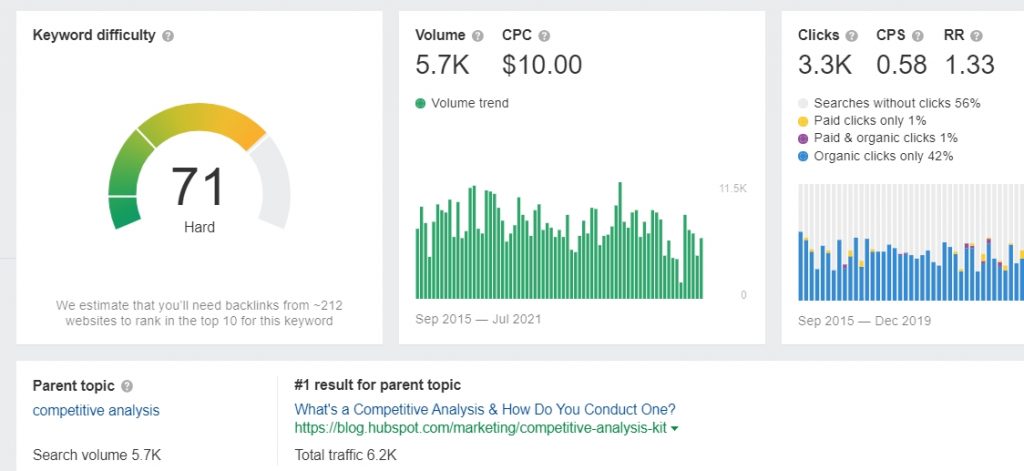
Companies rely mostly on careful analysis if they want to edge past rivals. First and most importantly, using the correct tools and resources for data collecting guarantees quick, sharp, and practical insights. Whether you run a bakery tracking local taste trends or a software firm evaluating competition app features, having the appropriate tool makes all the difference.
Important instruments and sources are:
- Digital Analytics Platforms: Tools like Google Analytics provide companies a window into competitor online strategy by revealing website traffic, user behavior, and more.
- Platforms like Brandwatch or Hootsuite let companies keep an eye on competition social media activity, engagement, and sentiment.
- Industry-specific market research papers cover rivals, market shares, and possible developments.
- SurveyMonkey and other platforms let you immediately get consumer opinions, preferences, and competition impressions.
Data-driven insights build the basis of corporate strategies in the fast-paced rhythm of today’s markets. Using top-notch technologies in competitor analysis helps companies not only overcome obstacles but also create creative paths that guarantees them stay not just players but leaders in their fields.
SWOT Analysis

Pulling back the layers of any company, a SWOT analysis is clearly a useful tool. Examining closely strengths, weaknesses, opportunities, and hazards gives a whole picture of both internal and outside rival environments. Imagine a high-end coffee business joining a crowded industry; by doing a SWOT analysis, they can change their approach to guarantee they create success rather than only lattes.
Basic components of a SWOT analysis consist in:
- Strengths: These are a company’s advantages above those of its competitors. For our coffee store, it may be a patented brewing method or special bean supplier.
- Weaknesses: Those whereby the company lags behind competitors. Perhaps our coffee business suffers with digital marketing or runs without a compelling loyalty program.
- Possibilities: Outside resources the business could exploit. Maybe cold brews are becoming more and more popular yet vegan coffee treats remain sparse on the market.
- Threats: Outside challenges endangering company growth. Think about competing chains of coffee shops launching aggressive campaigns or rapid price hikes in coffee beans.
Like a lighthouse directing businesses over muddy competition waters and highlighting clear paths to differentiation, a SWOT analysis is Companies who maintain tuned to these four pillars can develop plans that not only appeal but also differentiate them from the chorus of competitors.
Market Trends and Customer Behavior
Businesses who lead ahead in the busy environment of modern corporate probe closely into market trends and have well tuned client behavior. By use of extensive study, they disentangle competing behavior and project the next wave of consumer needs.
For the often shifting field of organic cosmetics, for example:
Business Approach:
- Not only are companies pushing products but also changing their business methods to satisfy environmental concerns.
Analysis Insight:
- By use of thorough market analysis, companies find innovative competing strategies and can rapidly modify their processes.
Competitor Landscape:
- One brand can stress environmentally friendly packaging while another ethical buying. Companies that want to remain relevant have to monitor these numerous strategies of competitiveness.
Customer Preference:
- Customers that carefully choose the first item they come upon are long gone. These days, people choose brands that fit their values; so, companies should be aware of and ready for these changes.
Changing with the times, businesses not only identify their niche but also ensure they not vanish among the din of competitors. They always improve their strategy depending on analysis, so they negotiate the changing market with grace and confidence.
Competitive Pricing Analysis
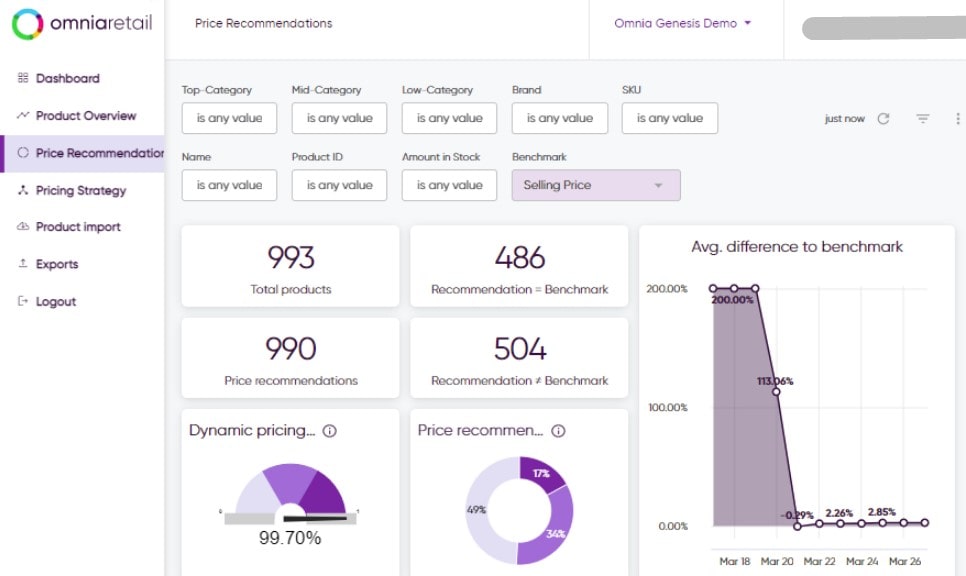
Those that stand out in the complex dance of market dynamics are experts of competitive pricing analysis. Using this tool, companies get a laser-like view of the competing terrain, thereby assuring that their products meet consumers motivated by values.
In the realm of artisan coffee, say:
Business Nuance:
- Price policies as much as taste help coffee establishments differentiate themselves. One has to balance the cost and quality of the offers.
Analysis Metrics:
- Comprehensive research of competitor pricing points, discount policies, and loyalty programs offers ideas to direct a company’s own pricing strategy.
Competitor Movements:
- While one cafe might have limited-time offers, another might bundle goods. Businesses who have keen understanding of these conflicting strategies can respond quickly.
Value Proposition:
- Matching pricing to perceived value helps companies differentiate themselves and guarantee they give consumers more bang for their money.
Companies guide their agility by being in harmony with competitive pricing analysis, so negotiating the sharp waves of business. They see changes and reduce risks, therefore defining themselves not as simple market players but rather as industry trendsetters. Their pricing approach continuously looks for the optimal point of view using a lot of study and knowledge of both customer and competitor.
Analyzing Competitor Marketing Strategies
Deeply exploring competition marketing techniques helps companies to strengthen their advantage and stand out in crowded markets. This is about using ideas to properly guide one’s own corporate strategy, not about imitation.
Consider the fashion industry:
Business Insights:
- Companies launch initiatives all the time. Those engaged in competitor analysis, however, can find trends — which season a competitor prefers for their most active campaigns or which groups they target.
Analysis Techniques:
- Beyond simple observation, companies use advanced techniques to analyze competitor marketing actions—from ad spending to social media activity measurements.
Competitor Focus:
- While some fashion companies hone in on influencer relationships, others double down on environmental message. Understanding these key elements enables companies to see holes or areas of potential in their own plans.
Adaptation:
- Modification:Businesses can turn their marketing to appeal more deeply to their target audience by means of this analysis, which guides pivot, modification, or overhaul.
By means of competition marketing strategies, companies ultimately avoid risks and seize market possibilities. In their field, they move from reactive players to proactive leaders so that their brand voice resonates most among the noise.
Quantitative and Qualitative Metrics
Examining closely business strategy and competitive analysis highlights the choices brands should either follow or avoid. To get every bit of competitive intelligence, one must focus on both quantitative and qualitative criteria. Allow me to dissect it:
Quantitative Measures:
- These are your stats with hard impact. Imagine a fitness app counting daily engagement rates or competitor active users. This concrete information guides companies through the market by pointing up their position.
Qualitative Insights:
- This delves personally into the subjective. For a chain of luxury hotels, it could mean reading guest comments about gourmet cuisine or spa experiences of a rival hotel. These subtleties can determine how a company develops its offerings or designs its logo.
The Blend:
- Although quantitative analysis lays the groundwork, qualitative data provides the color, the richness. Businesses that understand both are ready to maneuver, change with the times, and outsmart rivals with greater agility.
By using this twin method, companies may pivot precisely. By means of careful investigation, rivals move from being only noise in the market to great learning opportunities. Businesses position themselves to grab markets and really connect with their target audience when they combine tales from numbers with narratives. Leading businesses drive success with this delicate tango between information and feeling.
Analyzing the Collected Data
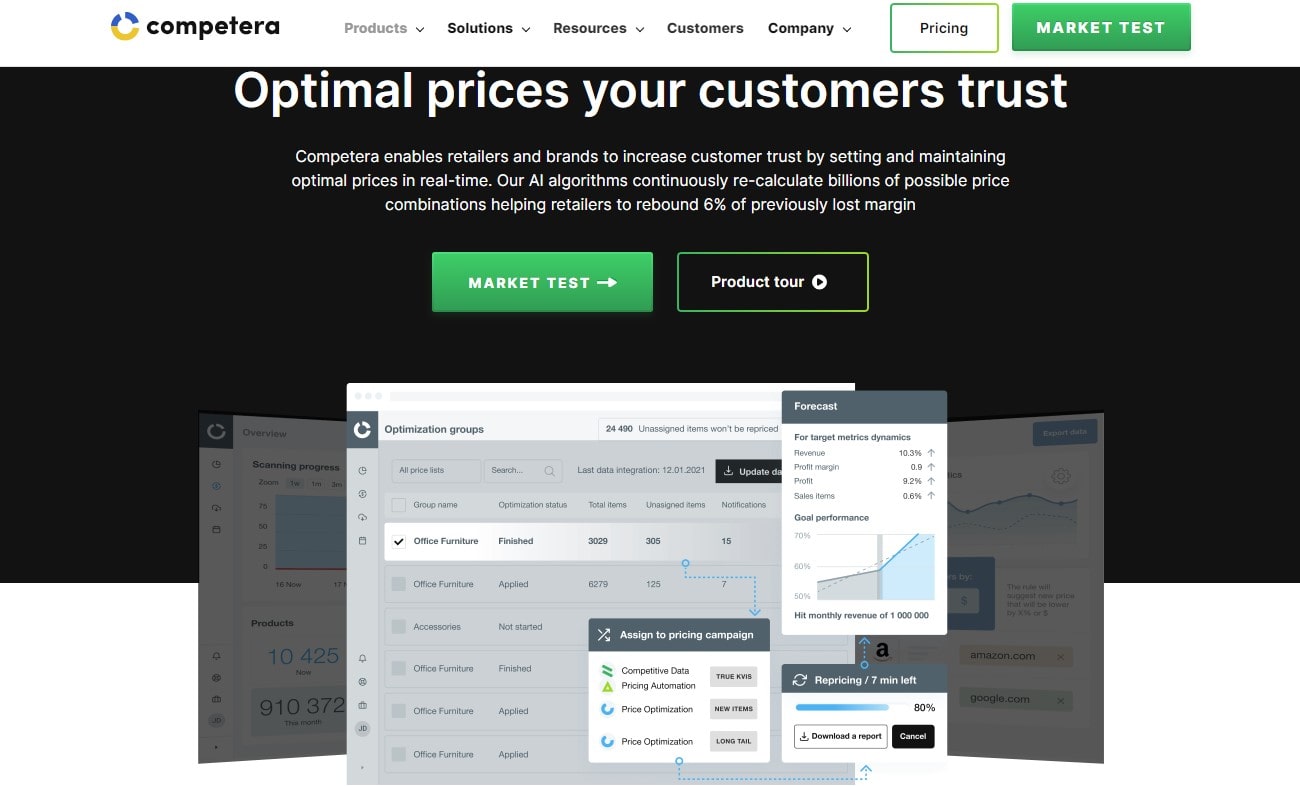
When well obtained, data may be quite magical. In the competitive field of business, a careful examination of this information is a treasure of ideas. Analyzing company trends or sorting through streams of rival activities requires rigorous analysis of the data.
Segmentation:
- Start by dissecting your data. For a vendor of clothes, this might imply grouping competing sales according to season, area, or style. Identifying these segments sharpens the analysis’s emphasis and exposes practical trends.
Visualization:
- Arrange the facts. Choose what speaks to you from graphs, heat maps, or dashboards. A tech company might, for example, scheme competitive app features against user ratings. This graphic depiction highlights quick gaps or benefits at a look, therefore accelerating decision-making.
Contextualization:
- Connect the facts to the more general market situation. Is a seasonal change or a recent product recall the cause of a competitor’s sales drop observed by a beverage company? Context gives raw data layers and deepens the analysis.
Analyzing the facts, companies create plans ready for action. Through careful study, competitor progresses from obstacles to stepping stones. Leaning on this synthesized intelligence, businesses create paths ready for success. Accepting the craft of analysis, companies not only keep up but often surpass their toughest rivals.
Making Actionable Strategies
Every healthy company is based on a strong plan. Derived from thorough research and a strong awareness of rival movements, these tactics constitute the road map for success. But developing a strategy is about making the data work for you, not only about facts.
Dive Deep into Data:
- Immersion in the numbers will help you go beyond surface level reading. A skincare brand might, for instance, focus on industry-changing rival ingredient trends, honing what’s causing waves.
Flex and Adapt:
- Strategies aren’t set in stone. Should a restaurant find a rival excelling on a vegan menu, it may change its offering to include plant-based cuisine, therefore leveraging the trend.
Leverage Strengths:
- Examining their assets will help a tech company highlight its unique qualities. Their program becomes a main selling factor if it beats a rival in speed.
Identify Gaps:
- Businesses may find a service a competitor isn’t providing via research. If nearby rivals just run morning sessions, a fitness club could add evening yoga lessons.
Making plans is a craft mixed with science. The terrain changes from a tangle of statistics to a clear road forward as companies understand their analysis. Outmanoeuvring rivals moves less in response and more in proactive invention. And in this ever-changing dance of corporate strategy, those who perfect the rhythm climb to the top.
Documenting Your Competitive Analysis
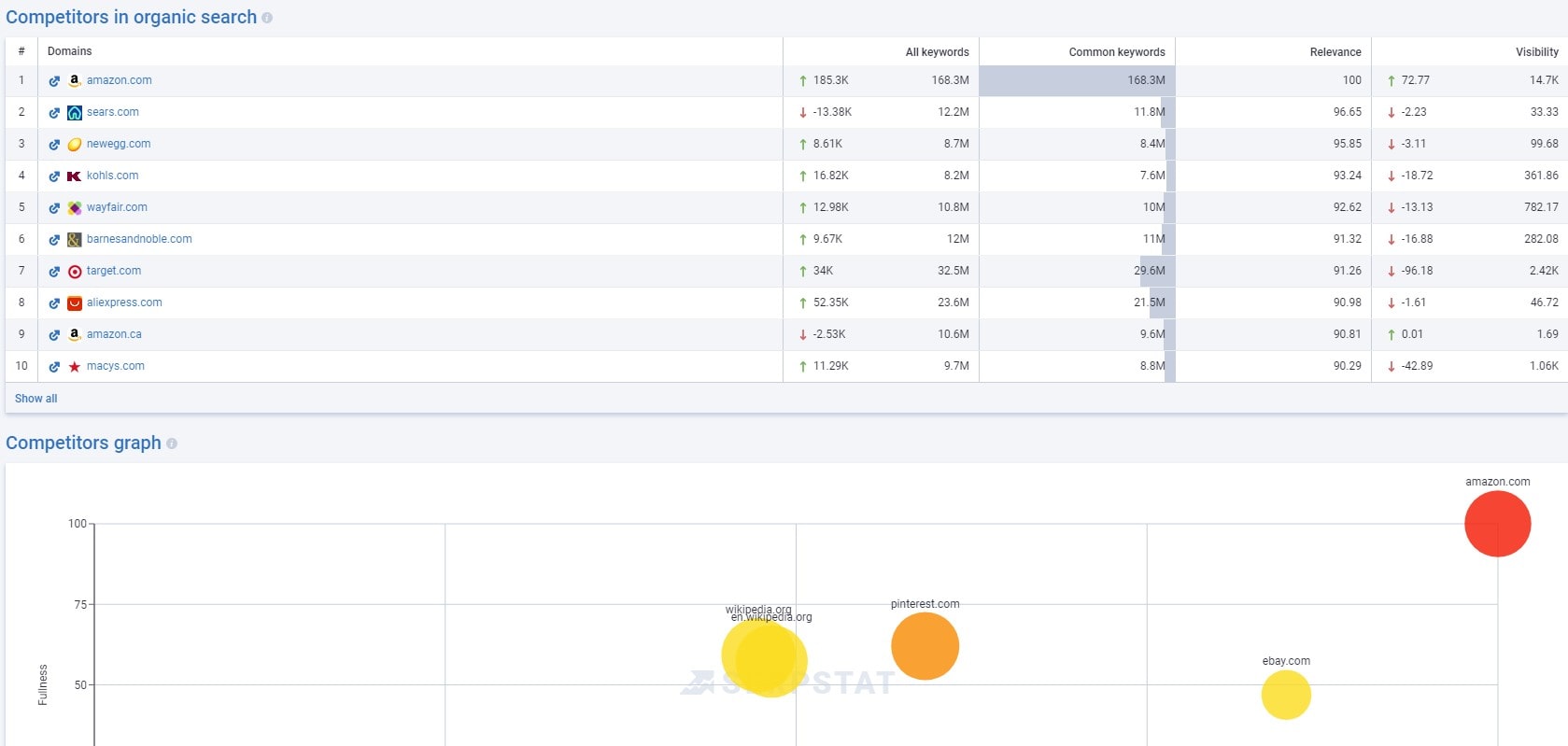
Every company worth its value knows the need of a thoroughly researched competitive study. It is the spine, the one keeping up the tower of strategic planning. Starting this process is much more than just noting the activities of competitors. It’s a dance, a mix of monitoring, evaluating, then plotting your company’s position.
Snapshot with Substance:
- It’s not only information when an apparel company notes the textiles a rival company utilizes. It’s perceptive analysis of customer preferences and sustainable trends.
Trend Trajectories:
- Should a publishing company see a surge in the e-book sales of a rival company, it suggests changing reader behavior and digital preferences.
Milestone Markers:
- Tech companies often map their own product schedules in sync or purposefully out of synch, then lay out competition software launches.
Value Visualization:
- Seeing a rival cafe’s menu and prices, a gourmet cafe creates its own unique selling proposition to make sure their offerings stand out.
Recording the path of analysis guarantees that companies remain anchored, not only drifting on presumptions. Through constant competition observation, a company can pivot, adapt, and creatively innovate with accuracy. Businesses are driven into expansion by this combination of observation and action, which flips the odds in favor of those who can comprehend their competitive environment and execute on those ideas.
Updating and Maintaining Analysis
In the ever-changing field of business, fixed strategies can go out of hand. The scene evolves quickly, so maintaining your competitor analysis becomes critical. Spot changes, modify plans, and guide your company toward success in an always changing cycle.
Consistency in Check-ups:
- A bakery watches closely the gluten-free product line of a rival company and adjusts their own to appeal to the same market.
Trend Tapping:
- Keeping an eye on a competitor’s chatbot usage, an e-commerce platform can choose to implement a more customized customer support approach.
Feedback Focused:
- Seeing rivals get great marks for virtual lessons, fitness centers could change their approach to a hybrid model combining in-person and online sessions.
Agility in Action:
- Seeing the seasonal ad campaigns of a rival skincare brand could inspire a brand to focus especially on producing timeless ideas that stays relevant all year long.
Companies that keep flexible and ready to dance to the beat of always shifting market needs flourish. Maintaining and updating your analysis goes beyond just competitor observation. It’s about making sure your company never gets mired in a rut, always changes, and keeps ahead. Through constant recalibrating and realigning based on new data, a company creates paths for innovation and stands more clearly in the competitive environment.
Final Thought
Mastery of competition analysis is not only a benefit but also a must in the busy center of modern marketing. It’s about gently negotiating the entrepreneurial waters to make sure your business doesn’t vanish under competition cross currents. As we wrap up our in-depth study on “How to Do a Competitive Analysis,” it is abundantly evident that thorough research gives strategies freedom and lets companies turn around, grow, and pivot.
Think of these highlights:
- Using SEMrush and HubSpot will change your marketing insights by providing a bird’s-eye perspective of competition websites and keyword results.
- Customizing your strategy guarantees that you are creating original, goal-oriented campaigns rather than merely following the pack.
- Tracking changes in the market guarantees that you remain one step ahead and helps you to match your plans to the present needs.
Here is a gold nugget, though: avoid depending simply on hand work. View Plerdy, an all-in-one tool meant for UX and SEO research. This platform can simplify your marketing chores, thereby facilitating management and enhancement of your internet presence.
Competitive analysis is, ultimately, a continual trip rather than a one-time event. Remember: always sail with a well-chartered map in the great sea of marketing; stay dedicated, use the appropriate tools.
